ABOUT | PROJECTS | PRESENTATIONS | PUBLICATIONS | PRESS
Signage Design for Grand Teton NP
Collaboration with professors and graduate students from University
of Montana and park rangers to design and test the efficacy of transdisciplinary interventions to address human behavior near grizzly bears in the Greater Yellowstone Ecosystem. This project seeks to provide timely data to managers to improve roadside messaging and broader communication efforts concerning appropriate human behavior in road corridors frequented by grizzly bears in the Greater Yellowstone.


Signage Design for Grand Canyon NP South Rim
In May, collaborated with professors and graduate students from University of Montana and Penn State University to design and test
the efficacy of different signage and visual communication strategies
on hiker behaviors in Grand Canyon National Park.
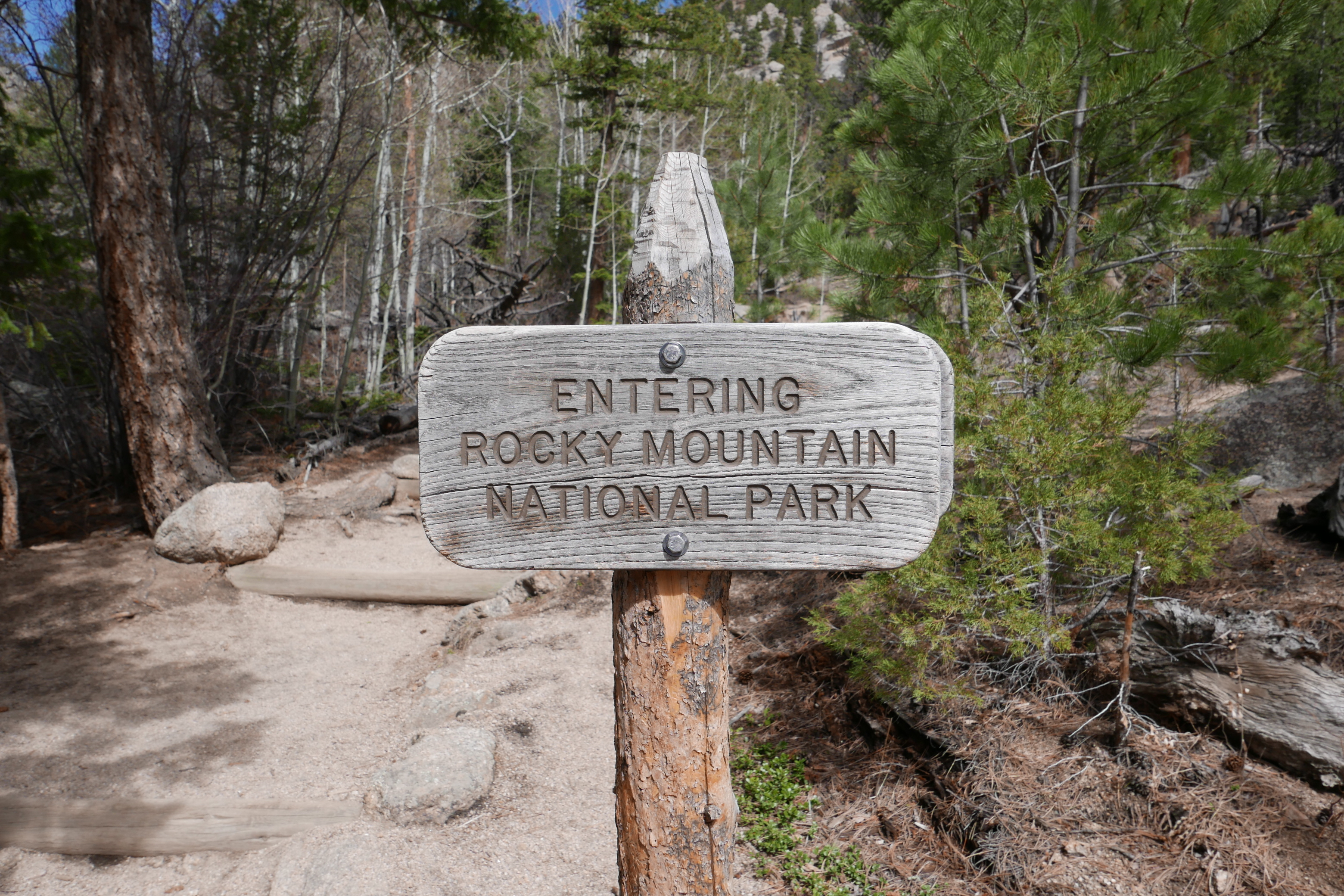

National Park Typeface Design
This project is explores the digitization of the router text found on US National Park wooden signs as way to celebrate, document, archive and make this lettering accessible to all to use. David Crossland, project manager at Google Fonts, approached us after he read about the National Park Typeface in Fast Company. As a fan of the project he wanted the typeface updated, character set to be expanded and it to function as to a variable font for inclusion on the Google Font website.
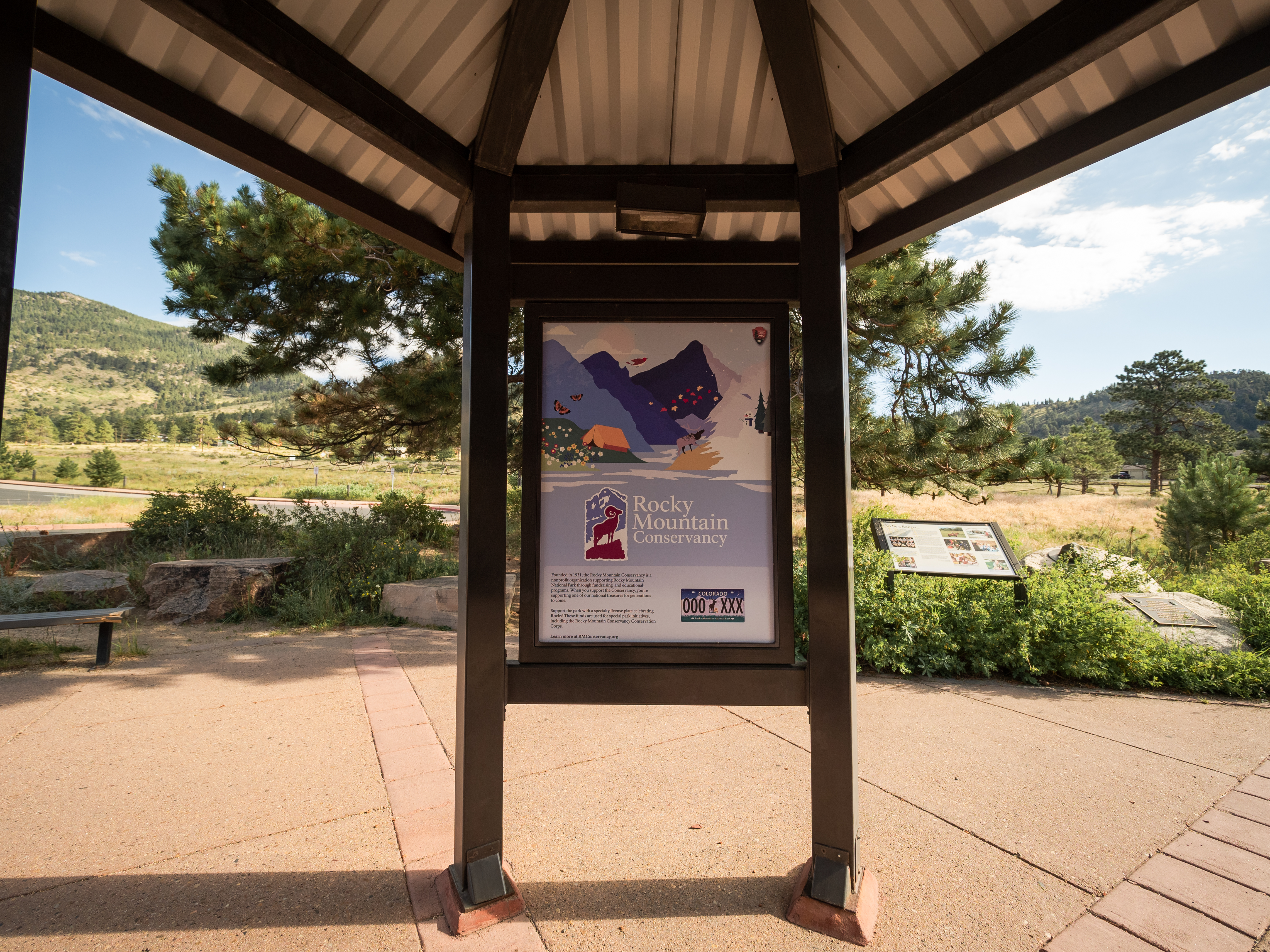

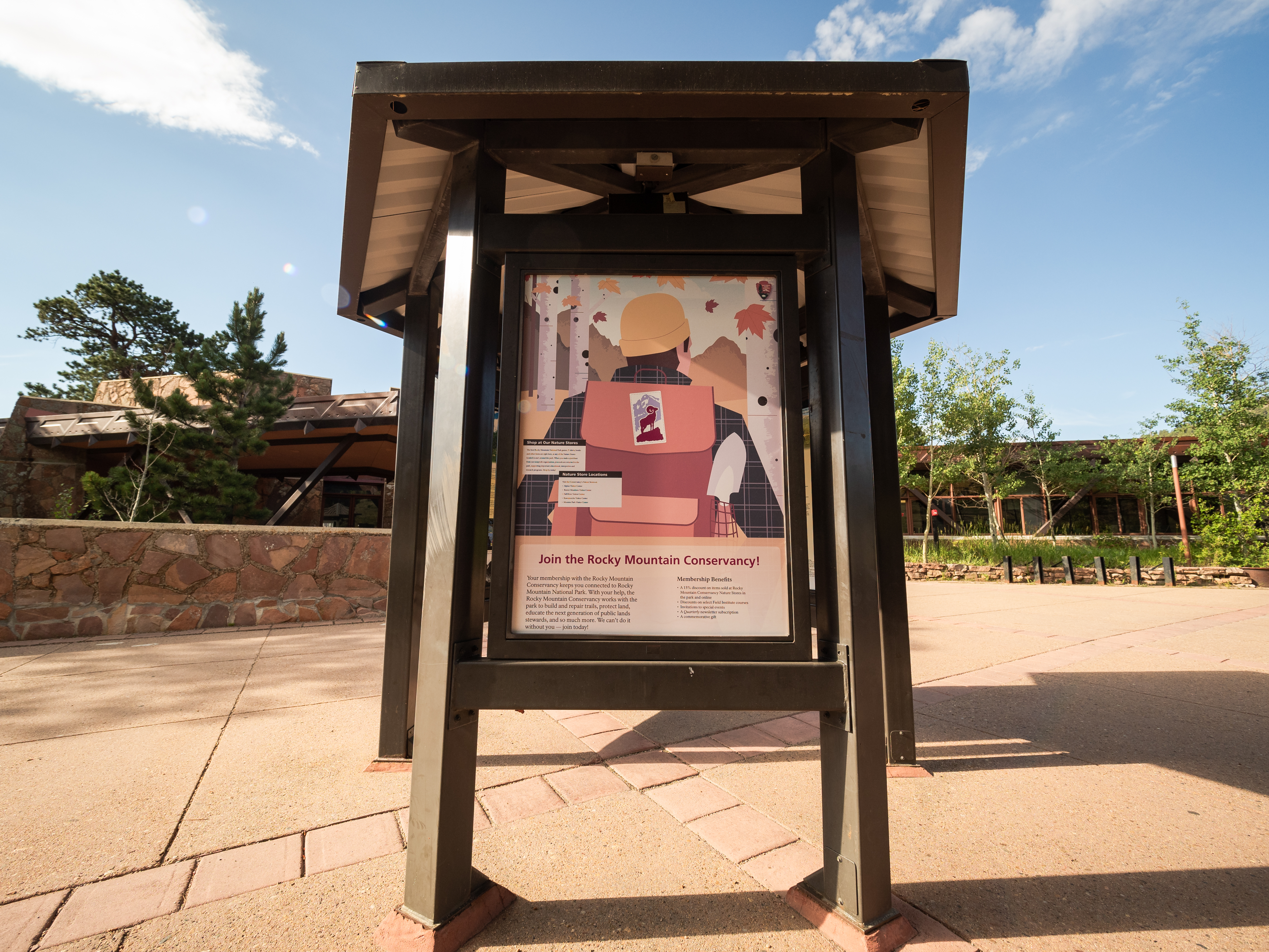
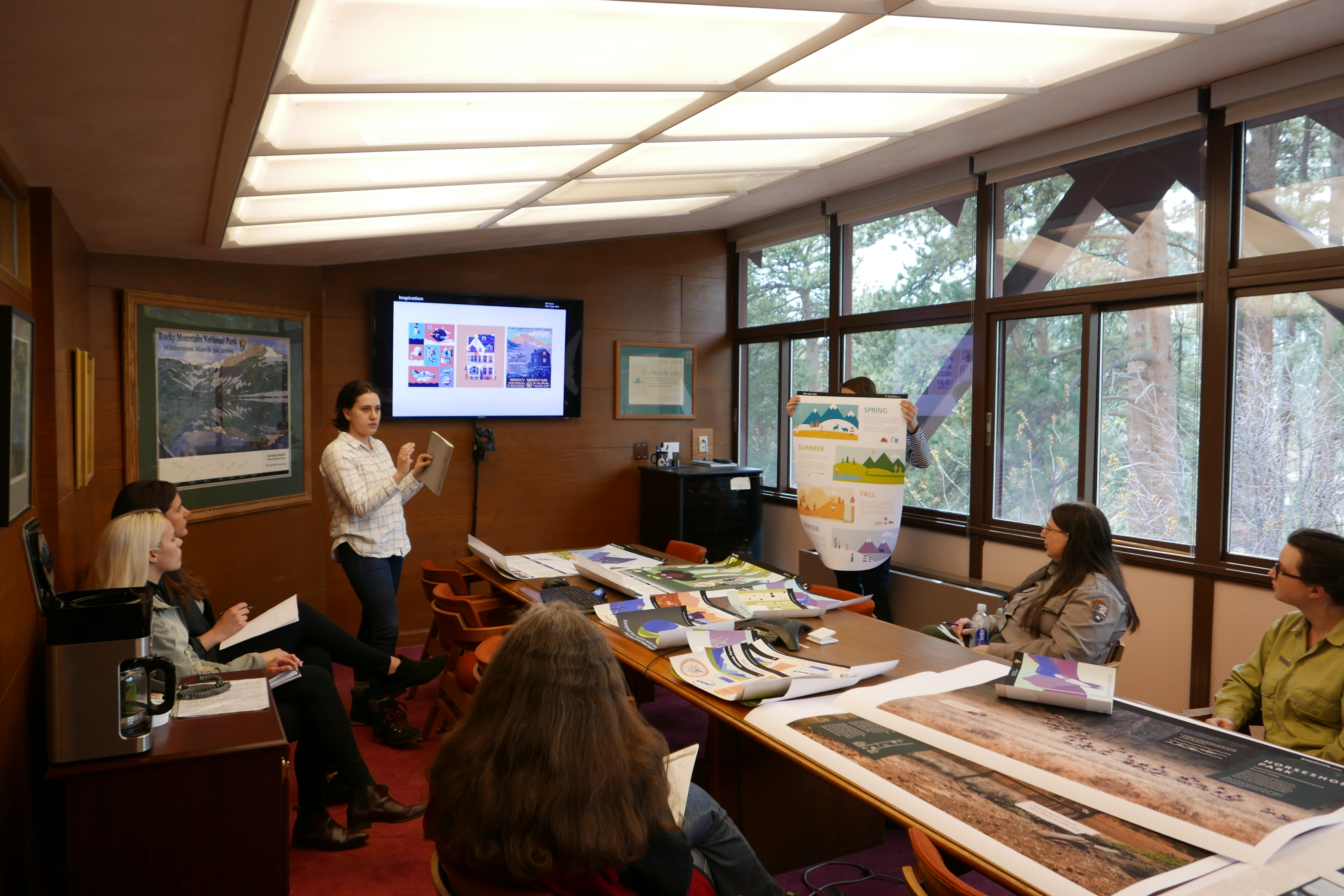
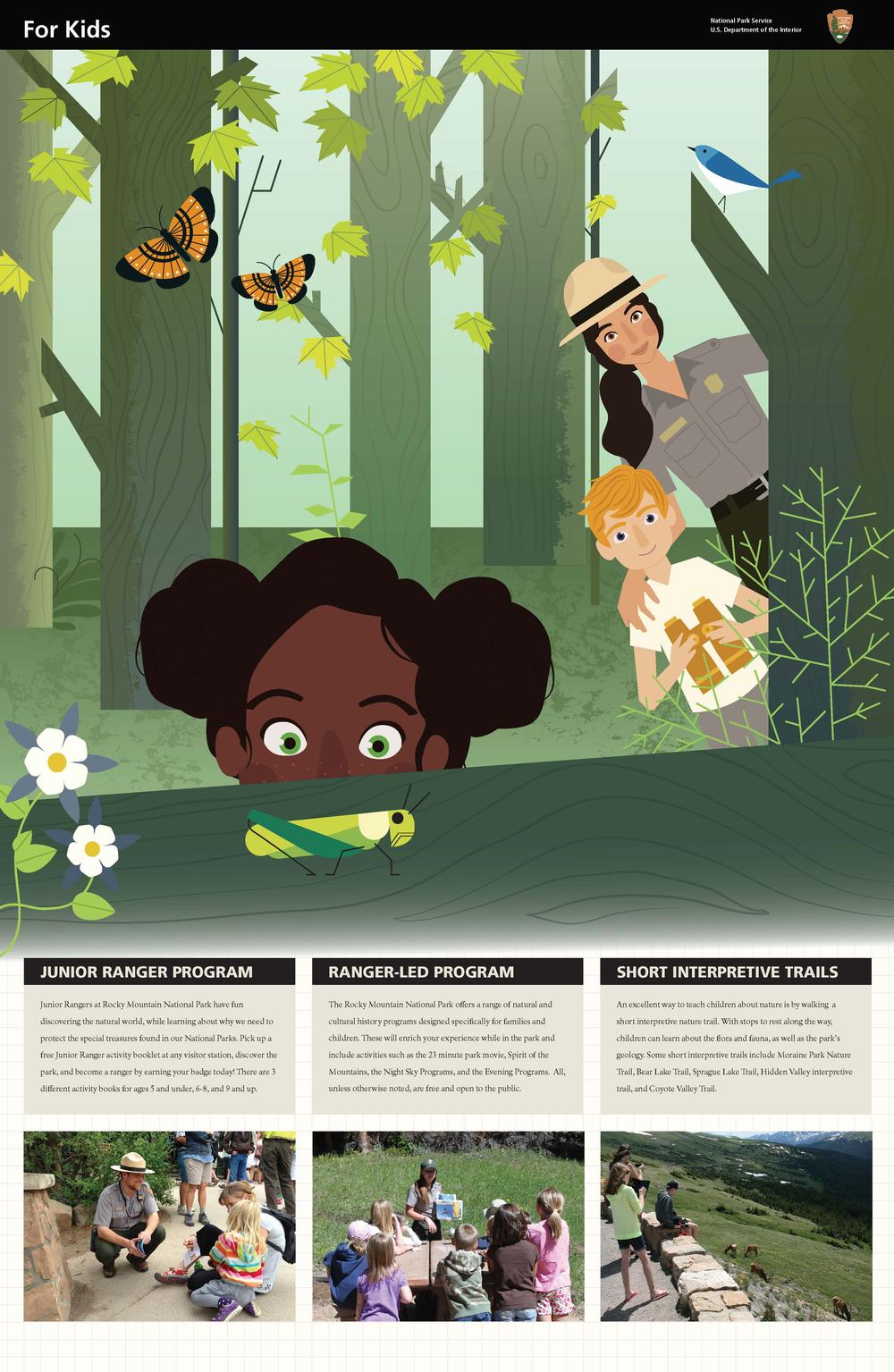
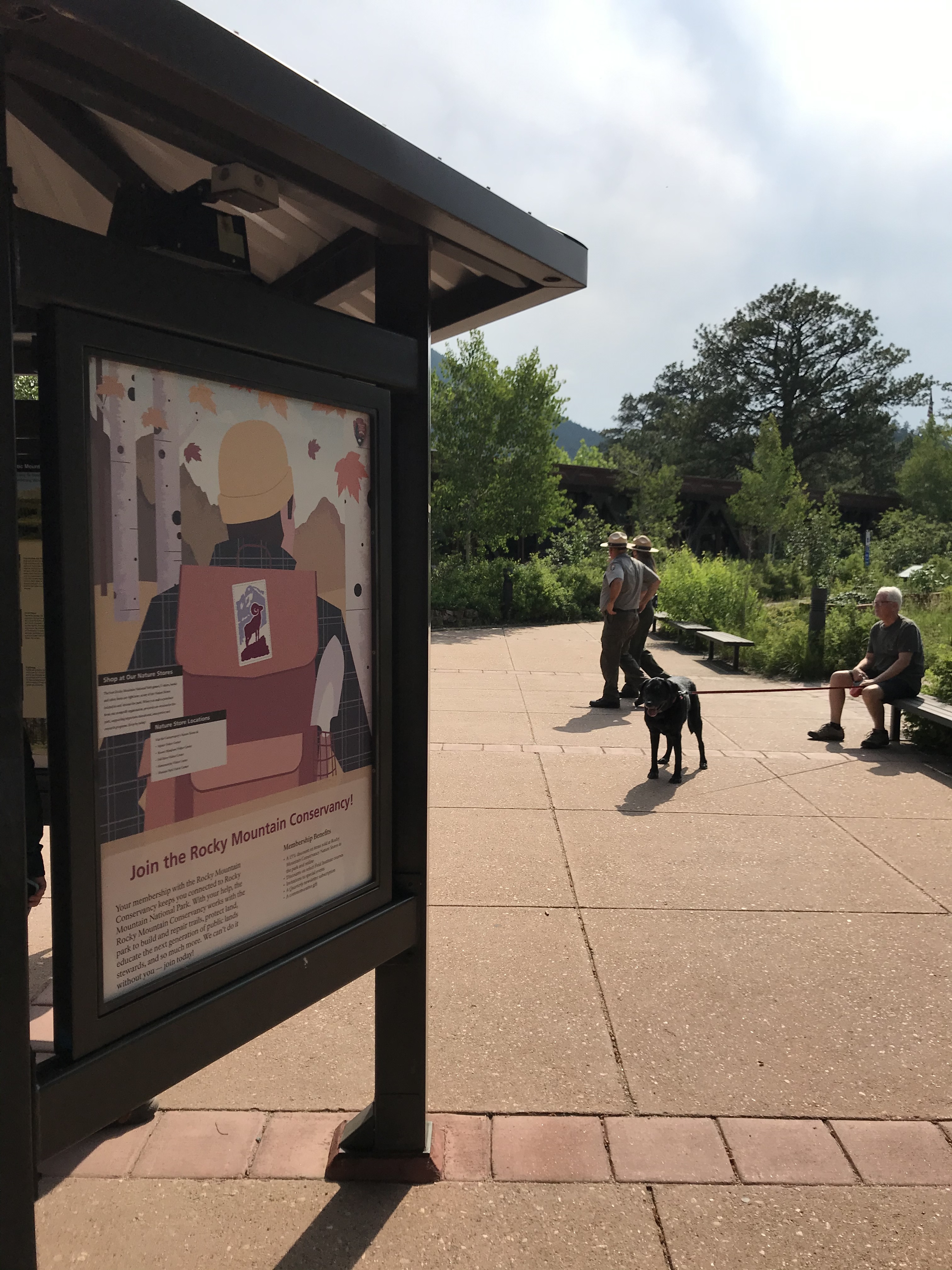
Beaver Meadows Kiosk Graphics & Illustration
Students designed and illustrated a suite of colorful panels for Rocky’s main Visitor Center. It serves as a primary gateway for visitors entering the park and offers a range of resources and services to help them plan their visit. The BMVC is notable for its architectural significance. It was designed by the renowned architect Taliesin Associated Architects, under the influence of Frank Lloyd Wright, and was completed in 1967.







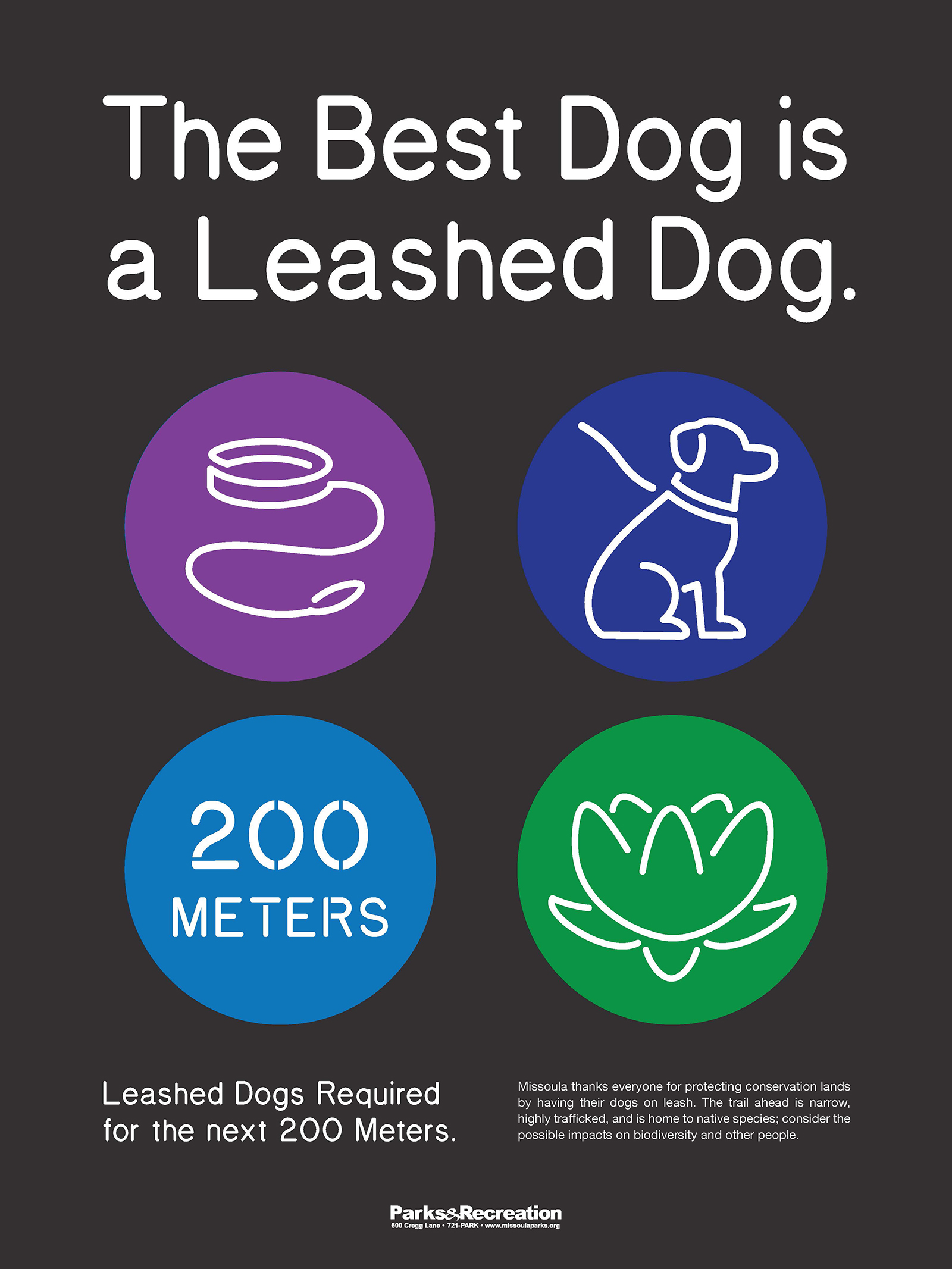
Designing and testing Leave No Trace signage using research-based visual communication and outdoor recreation messaging principles Through a unique collaboration, Design Outside worked with a cohort of student in the Parks, Tourism, and Recreation Management Program at the University of Montana—each employing their own expertise in either graphic design or recreation management—to design and test signage containing Leave No Trace messaging in Missoula, Montana's Conservation Lands.
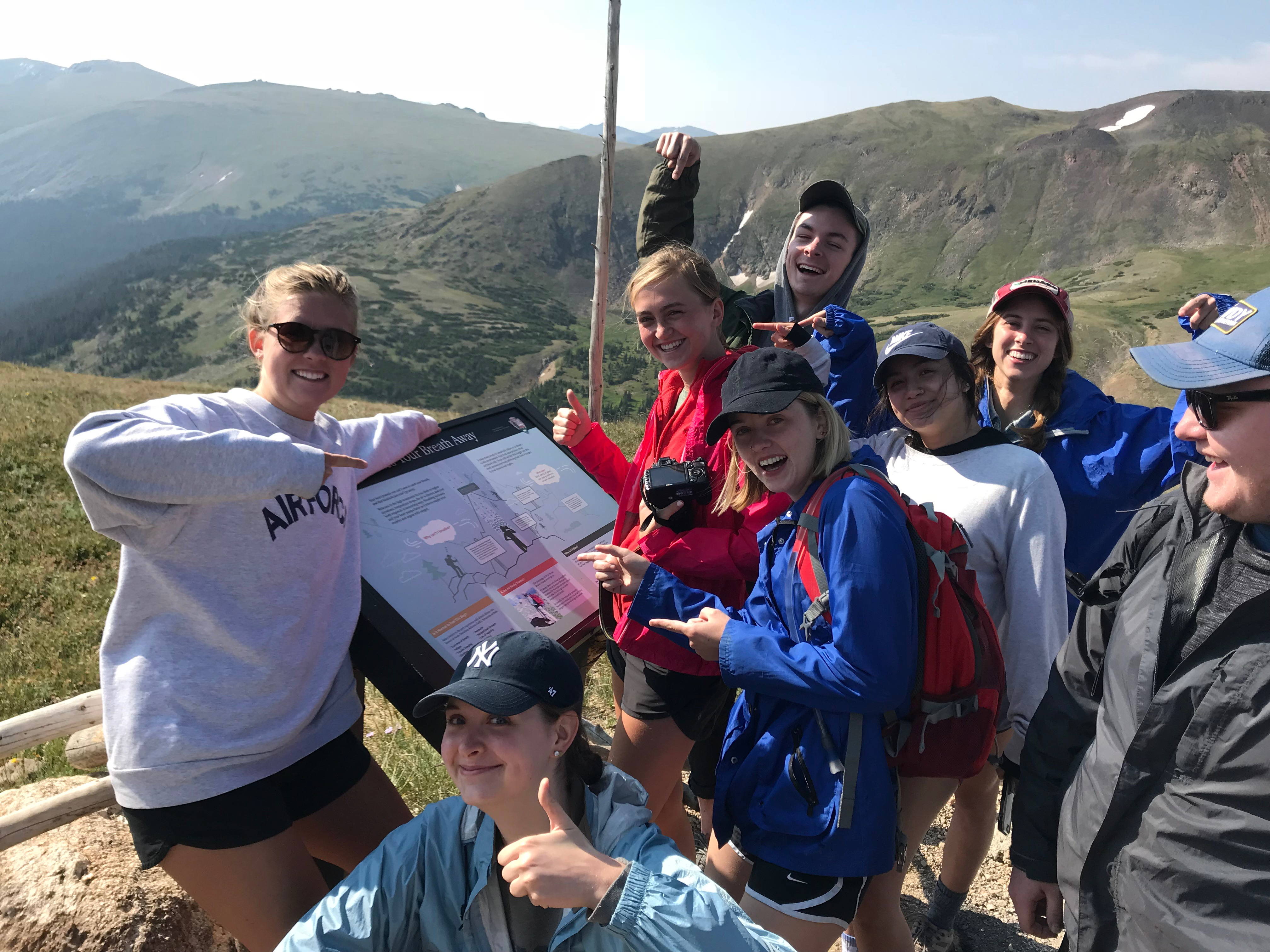
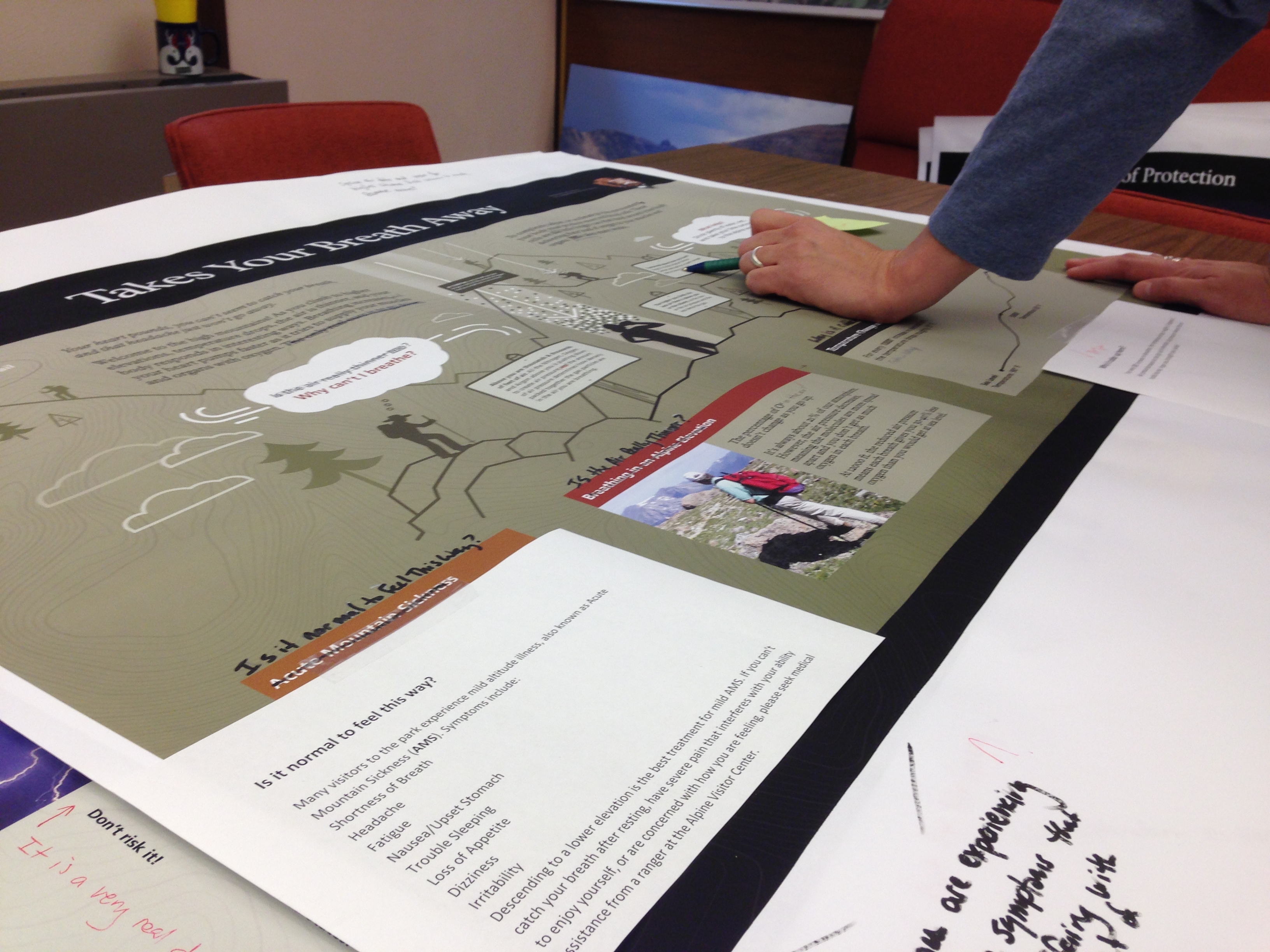
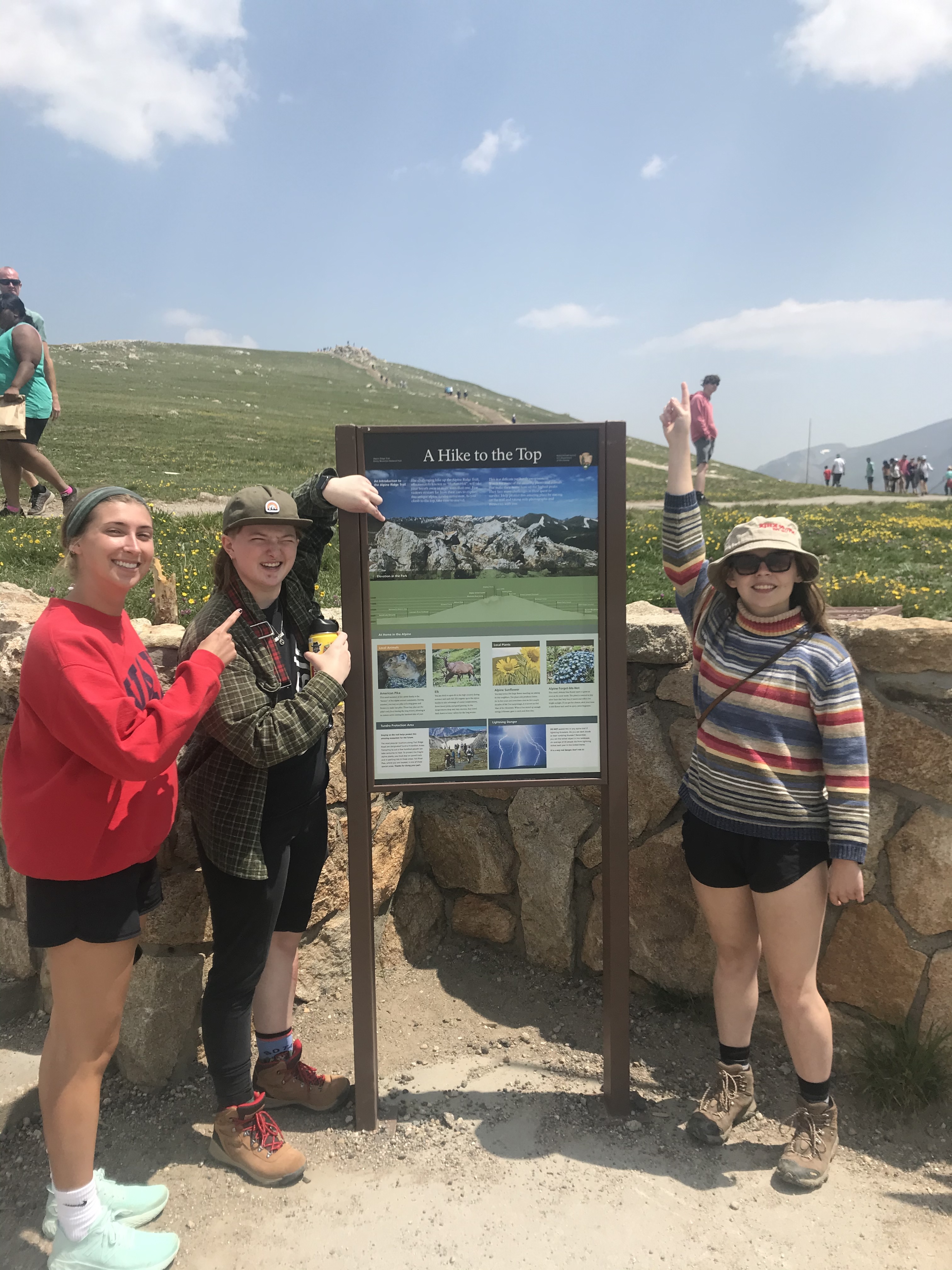
Huffers Hill Wayside Interpretative Trail
We worked with a team of Rocky Mountain National Park rangers to design a series of waysides at this trail next to the Alpine Ridge Visitor Center. The waysides visualize several stories about the ecosystem including the impacts of elevation gain on hikers breathing. “Huffers Hill” (as it is informally known because of its steep climb) is only 0.5 miles (0.8 km) round trip yet offers outstanding views of the Never Summer Range and Mummy Range.
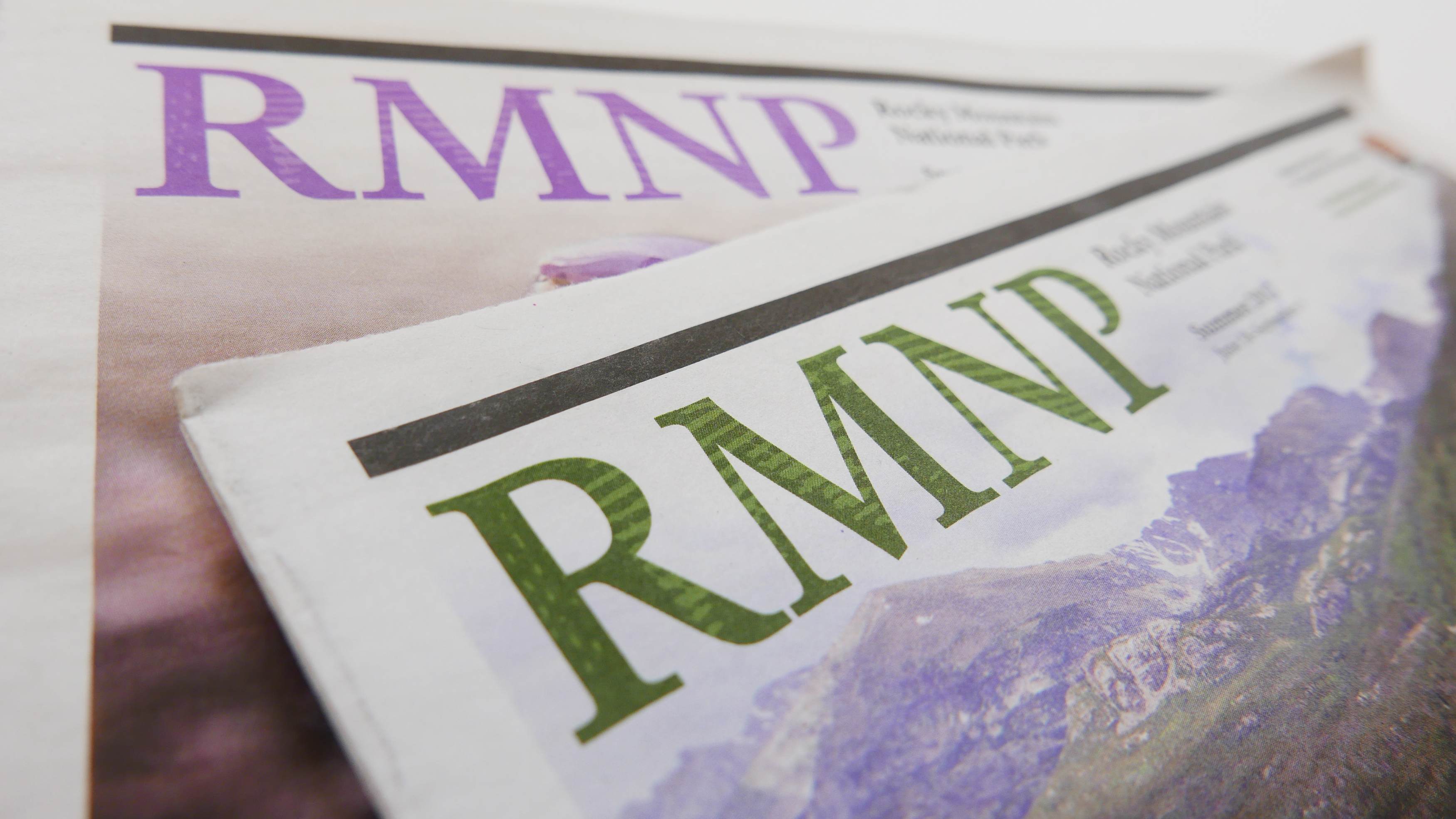
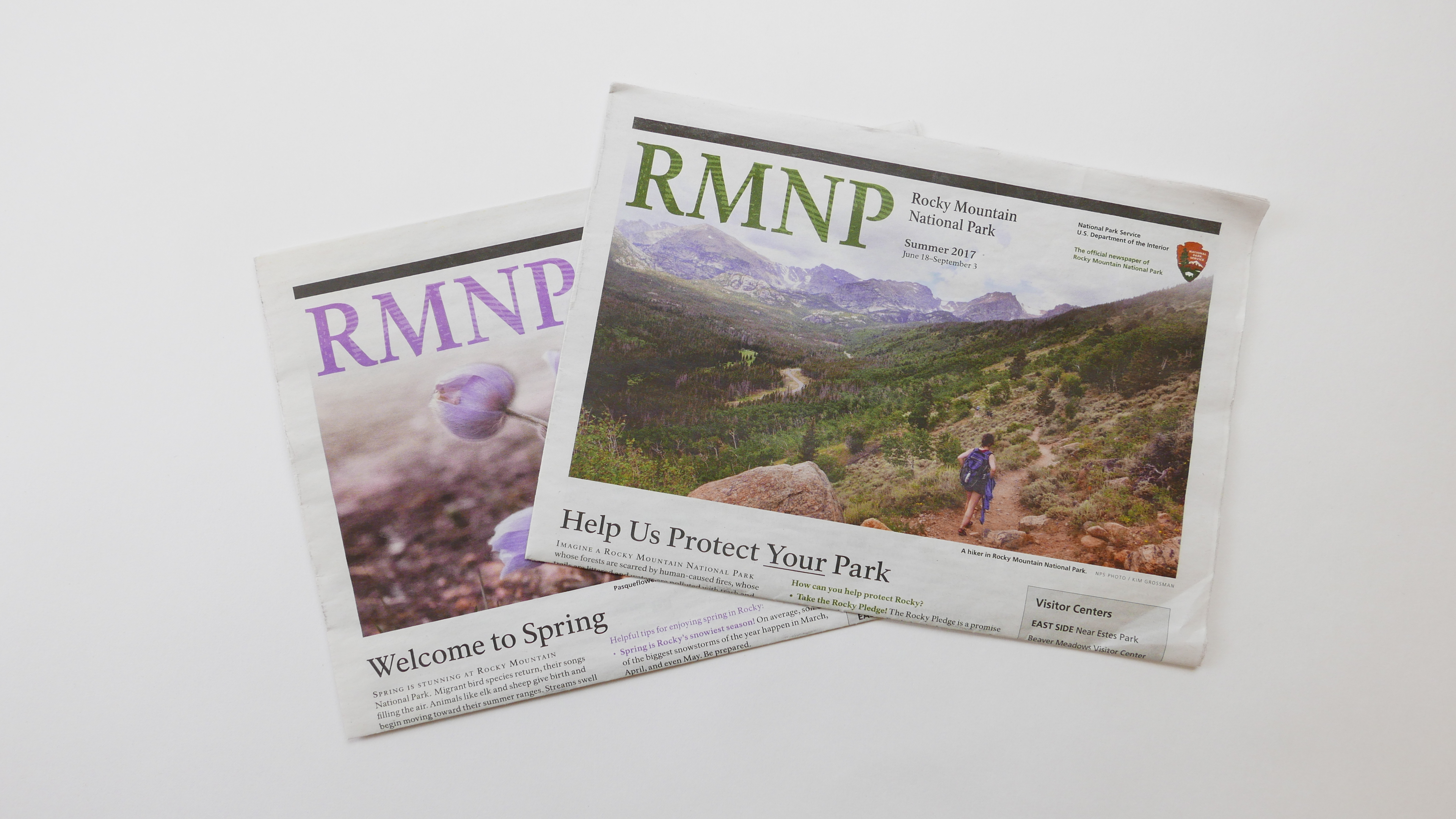

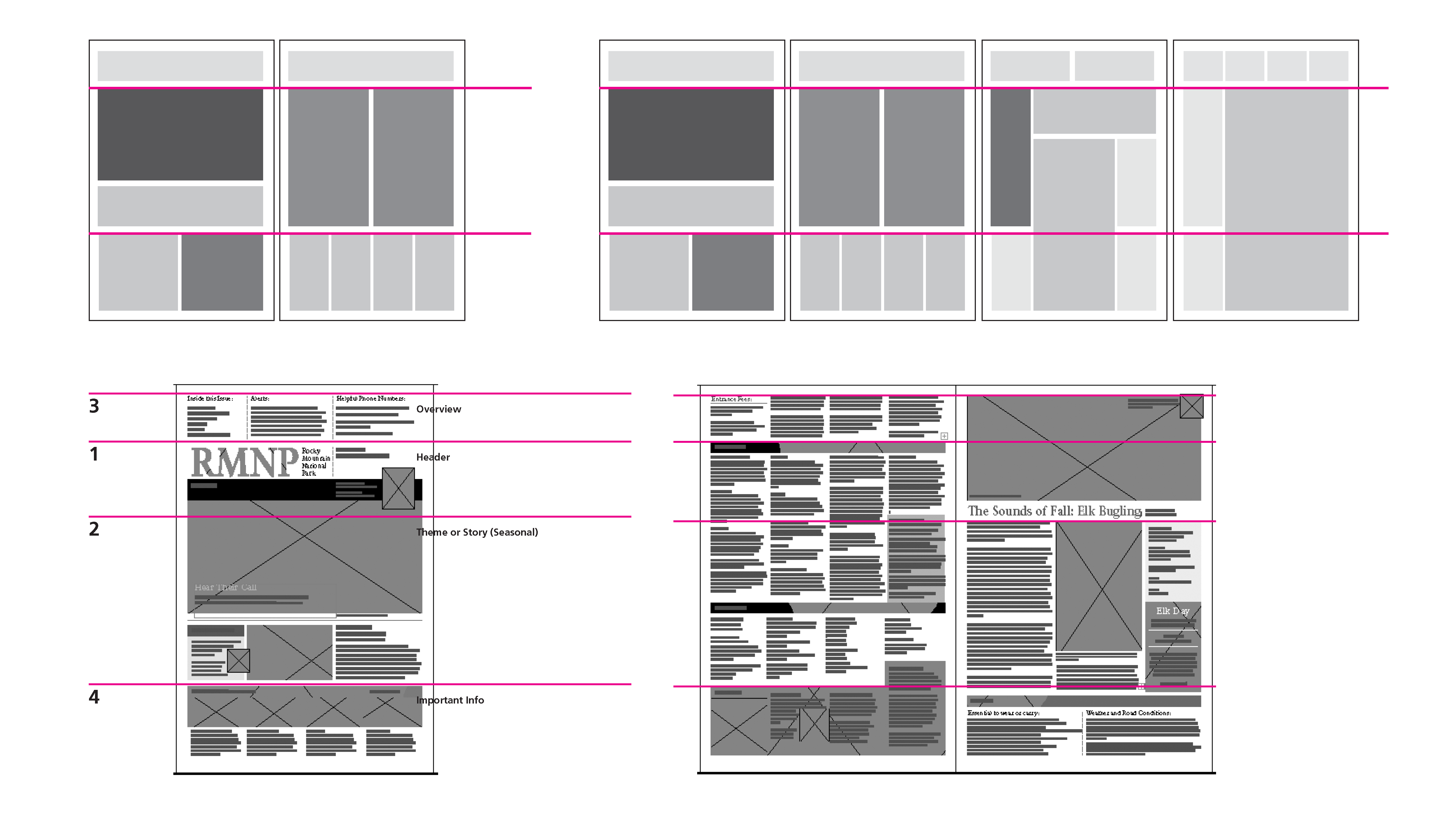

Rocky Mountain Park Newsletter
Redesigned and refreshed this newsletter to be more flexible so the park could cover park developments like new trails, facilities, and restoration projects, as well as updates on regulations and visitor services, while still reflecting the Park’s legacy brand identity. The new design increased a sense of community among visitors and supporters, promoting the park's mission to protect and preserve natural and cultural resources.